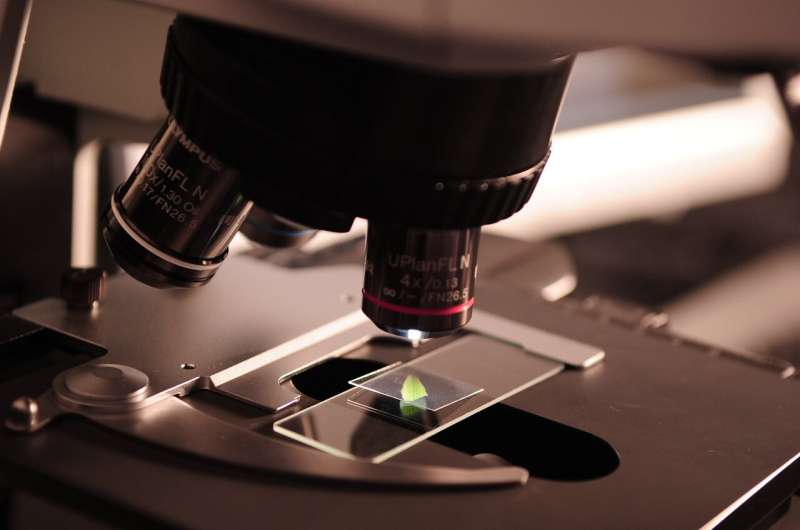This article has been reviewed according to Science X's editorial process and policies. Editors have highlighted the following attributes while ensuring the content's credibility:
fact-checked
trusted source
proofread
Lanzhou lily virus disease reveals influence of virus on growth and nutritional quality

Lanzhou lily (Liliumdavidii var. unicolor) is a perennial herbaceous crop that serves as an economic plant with both medicinal and edible uses. However, it is highly susceptible to pathogenic infections during growth, such as bacteria, fungi, and viruses, which might cause a decrease in yield and quality.
The lily virus research team from the Northwest Institute of Eco-Environment and Resources of the Chinese Academy of Sciences elucidated the effects of two major lily viruses, namely lily symptomless virus (LSV; Carlavirus, Betaflexiviridae) and cucumber mosaic virus (CMV; Cucumovirus, Bromoviridae), on the growth, nutrition, metabolic pathways, and networks of Lanzhou lily.
The study, titled "Metabolomics strategy reveals the effects of lily symptomless virus and cucumber mosaic virus on growth and nutrition quality traits of Lanzhou lily (Lilium davidii var. unicolor)," was published in Industrial Crops & Products on July 15.
The researchers found that co-infection had a greater impact on growth and nutrition compared to single infections with LSV or CMV. Co-infected plants showed significant reductions in height, stem diameter, and single plant yield, compared with healthy plants, while there was an increase in total phenol and flavonoid contents.
Co-infection and LSV infection contributed to the increased content of medicinal components in lily bulbs, while CMV infection may hinder the accumulation of these medicinal components.
Metabolomic results revealed that co-infection affected tyrosine metabolism and increased the accumulation of flavonoids, glycosides, and other compounds. LSV enhanced the accumulation of steroids, terpenoids, and related compounds by influencing carbohydrate metabolism. CMV altered levels of unsaturated fatty acids, alkaloids, and other metabolites by affecting fatty acid and tryptophan metabolism.
Furthermore, functional metabolites showed significant correlations with economic traits such as growth and nutritional parameters, which were validated by multiple linear regression analyses.
This is the first report on the regulatory influence of LSV and CMV infections on lily's metabolic processes and quality attributes, aiming to provide a reference for cultivating high-quality and high-yield lily varieties.
More information: Xue-Si Su et al, Metabolomics strategy reveals the effects of lily symptomless virus and cucumber mosaic virus on growth and nutrition quality traits of Lanzhou lily (Lilium davidii var. unicolor), Industrial Crops and Products (2024). DOI: 10.1016/j.indcrop.2024.119158
Provided by Chinese Academy of Sciences





















